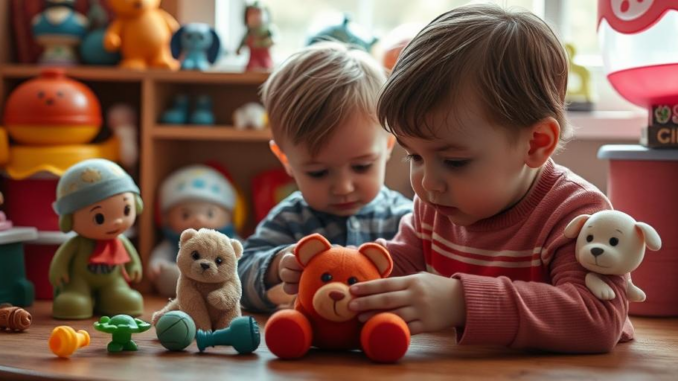
Summary
This article discusses the dangers of water bead toys, focusing on a case study of a toddler who suffered severe health consequences after ingesting them. The article highlights the growing calls for a ban on these toys due to the risk of ingestion, intestinal blockage, and even brain damage. Parents and caregivers should be aware of these risks and consider safer alternatives for sensory play.
TrueNAS by Esdebe: healthcare data storage that delivers value without sacrificing security.
** Main Story**
Tiny Killers: A Case for Banning Water Beads
Water beads, marketed as fun, colorful sensory toys, are facing increasing scrutiny and calls for a ban due to the severe health risks they pose to young children. These tiny, absorbent beads can expand up to 100 times their original size when exposed to water, creating a choking hazard and the potential for life-altering consequences if ingested. The case of Kipley Haugen, an 8-year-old girl from Minnesota, serves as a stark reminder of these hidden dangers.
Kipley’s Story: A Parent’s Nightmare
At 13 months old, Kipley ingested water beads, leading to a series of severe health issues. Initially misdiagnosed, Kipley experienced vomiting, a rash, and difficulty with coordination. Surgery revealed a blockage in her small intestine caused by the expanded water beads. Tragically, the damage extended beyond the immediate physical obstruction. Kipley later received a diagnosis of toxic brain encephalopathy, a form of brain damage, and developmental delays, all attributed to the chemicals present in the water beads.
The Dangers of Water Beads
The dangers of water beads are multi-faceted. Their small size makes them a choking hazard, while their ability to absorb water and expand significantly poses a risk of intestinal blockage if swallowed. Moreover, some water beads contain acrylamide, a known neurotoxin and carcinogen, further increasing the potential harm to children. Reports to the Consumer Product Safety Commission (CPSC) reveal thousands of emergency room visits related to water beads, with a significant increase observed in recent years. Tragically, deaths have also been reported in connection with water bead ingestion.
A Call for Action: Banning Water Beads
Kipley’s mother, Ashley Haugen, has become a vocal advocate for a ban on water beads. She now runs an advocacy website, “That Water Bead Lady,” to raise awareness and support families whose children have suffered similar injuries. Her efforts, along with the growing number of reported incidents, have prompted lawmakers and regulators to consider banning the sale of these toys.
Protecting Our Children: Safer Alternatives
As concerns mount, several major retailers have already suspended sales of water bead products. While these are positive steps, a complete ban is necessary to protect children from these potentially deadly toys. Parents and caregivers are strongly urged to remove water beads from their homes and choose safer alternatives for sensory play. The CPSC, medical professionals, and consumer advocates all echo this warning, emphasizing the need for immediate action.
What Parents and Caregivers Can Do
- Remove water beads from your home: If you have young children or individuals with developmental delays in your home, discard any water beads immediately.
- Talk to childcare providers: Discuss the dangers of water beads with childcare centers, preschools, and therapists, urging them to use safer alternatives.
- Seek safer alternatives: Numerous safe and engaging sensory toys are available. Consult with a child therapist or pediatrician for recommendations.
- Be aware of symptoms: If you suspect a child has ingested water beads, seek immediate medical attention. Symptoms can be similar to other health concerns, and water beads are difficult to detect with X-rays, making early intervention crucial.
The case of Kipley Haugen highlights the devastating consequences of water bead ingestion. By banning these dangerous toys and raising awareness among parents and caregivers, we can work together to protect children and prevent future tragedies. As of February 20, 2025, this issue remains a pressing concern, and continued advocacy and action are essential to ensure the safety of our children.


Brain damage from *toys*? Guess “fun for the whole family” now includes a visit to the neurologist. Maybe we should all just wrap our kids in bubble wrap until they’re 18? What happened to good old-fashioned dirt?
That’s a valid point about good old-fashioned dirt! There’s definitely a balance between protecting kids and letting them explore. While dirt is relatively safe, these water beads pose hidden dangers due to their chemical composition and expansion capabilities. It’s about informed choices and safer alternatives for sensory play.
Editor: MedTechNews.Uk
Thank you to our Sponsor Esdebe